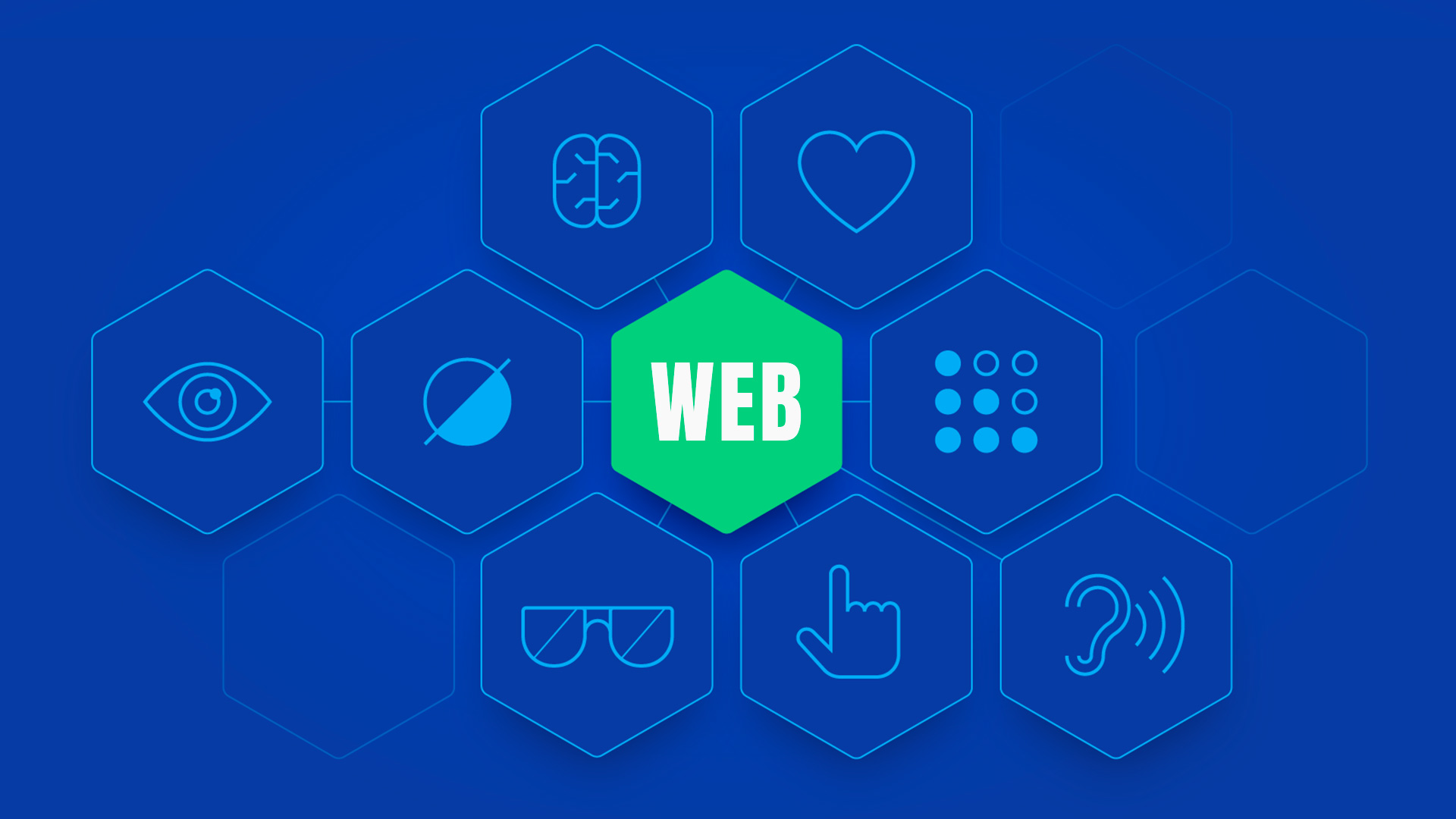In today’s digital era, the internet is a boundless source of information and interaction. Yet, for countless individuals with disabilities, this digital landscape remains a challenging terrain to navigate. This is where the significance of web accessibility comes to the fore. Web accessibility encompasses the deliberate design and development of websites and digital content to ensure they are usable by everyone, regardless of their physical or cognitive abilities. In this blog post, we will delve into the world of web accessibility, exploring what it is, why it is crucial, and how you can implement it effectively to not only comply with legal standards but also to enhance your online presence and user experience.
Understanding the Essence of Web Accessibility
Web accessibility is the art and science of crafting digital experiences that cater to the diverse needs of users, including those with disabilities. These disabilities can span a wide spectrum, encompassing visual, auditory, motor, cognitive, or neurological impairments. Web accessibility seeks to dismantle barriers that could otherwise hinder individuals with disabilities from seamlessly navigating and interacting with digital content.
The Imperative of Web Accessibility
Equal Opportunity for All: In an age where the internet is a gateway to knowledge and services, it is imperative that no one is left behind. Web accessibility ensures that individuals with disabilities can access information, engage with services, and participate in online activities on an equal footing with their peers.
Legal Mandates: Many countries and regions have enacted laws and regulations that mandate web accessibility compliance. Ignoring these legal requirements can result in legal repercussions and damage to your brand’s reputation.
Expanding Your Audience: By embracing web accessibility, you broaden your potential audience. Millions of individuals with disabilities worldwide could become regular visitors or customers if they can access your website with ease.
Elevated User Experience: Web accessibility doesn’t just benefit individuals with disabilities; it enhances the overall user experience for everyone. It promotes clear navigation, well-structured content, and user-friendly interfaces, enriching the experience for all visitors.
SEO Advantages: Search engines favor websites that are accessible because they provide a superior user experience. This can lead to improved search engine rankings, driving more organic traffic to your site.
Social Responsibility: Embracing web accessibility reflects social responsibility and inclusivity. It demonstrates your commitment to equal access and diversity, resonating positively with your audience.
Key Strategies for Implementing Web Accessibility
Here are some pivotal strategies to make your website more accessible:
Semantic HTML: Utilize proper HTML elements to structure your content effectively, aiding screen readers in interpretation.
Alt Text for Images: Attach descriptive alternative text to images, enabling visually impaired users to comprehend their content.
ARIA Roles: Implement Accessible Rich Internet Applications (ARIA) roles to enhance the accessibility of dynamic web content and applications.
Keyboard Navigation: Ensure all website features can be accessed and operated solely using a keyboard.
Continuous Testing and Auditing: Regularly evaluate your website for accessibility issues and employ automated tools to pinpoint and rectify problems.
In Conclusion
Web accessibility is not merely a technical consideration; it is a societal obligation and legal requirement. Ensuring that your website is accessible is not just ethically right but also advantageous for your brand, users, and the online community at large. By prioritizing web accessibility, you create a more inclusive digital realm where everyone can engage, contribute, and access information devoid of hindrances. So, begin your journey towards a more accessible internet today, bridging the digital divide for all and making a meaningful impact on the online world.
